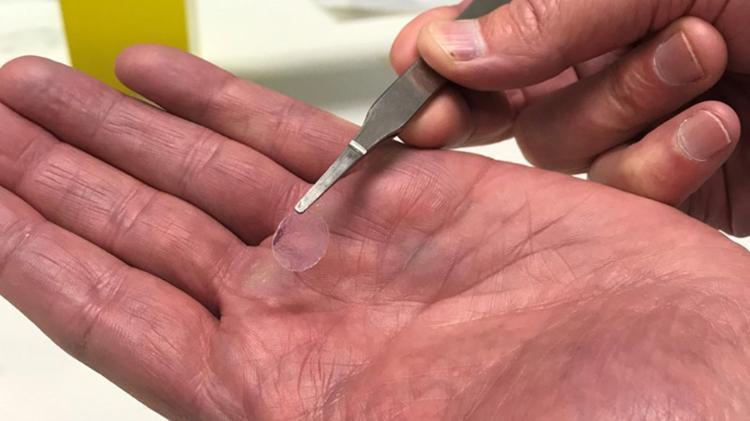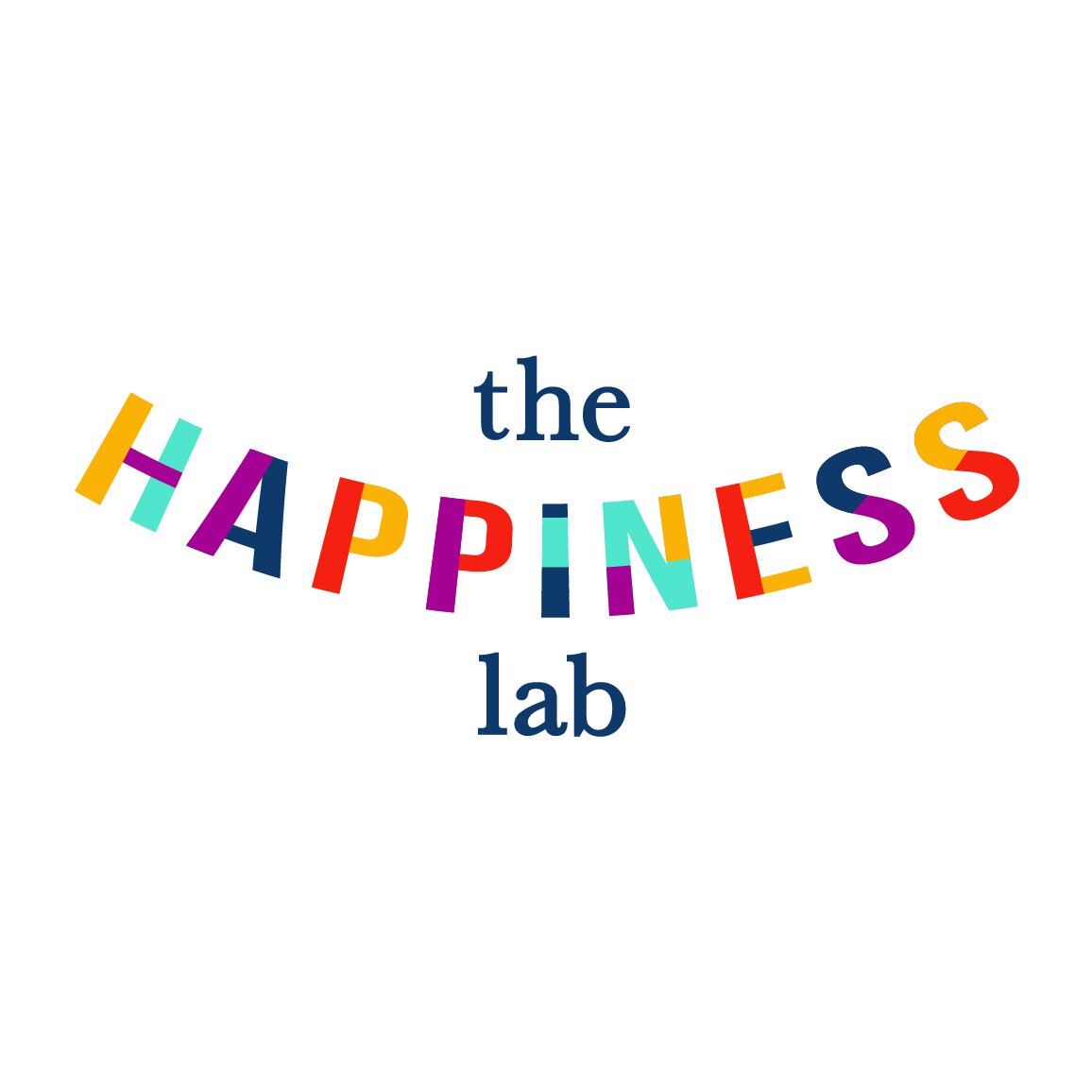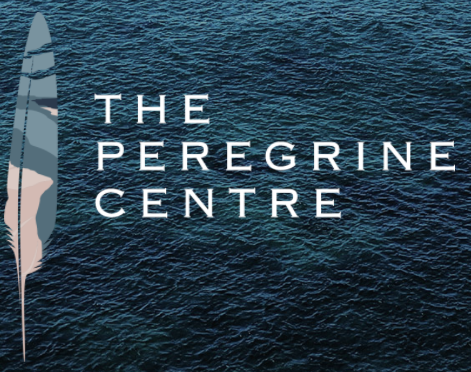ACES researchers are pioneering a new technique to bioprint corneas to treat a range of eye diseases and conditions
The ACES team at the University of Wollongong in collaboration with Professor Gerard Sutton from Sydney University and the NSW Eye Bank are developing a bio-engineered cornea and supporting collagen fibres to overcome a number of issues associated with current corneal transplantation treatments.
Corneal blindness affects millions of people around the world, and corneal transplantation remains an essential treatment for this condition as well as a number of other corneal diseases.
However, there are a number of limitations with current treatments, including a substantial lack of tissue (one cornea available for every 70 patients worldwide), and the risk of corneal rejection, which can result in permanent blindness.
This problem is becoming increasingly exacerbated in the developing world. The ACES bioengineered cornea can address these critical issues of tissue availability and tissue rejection.
ACES Director Professor Gordon Wallace explained that collagen, in particular, has been identified as a critical factor in the success of this technique.
“Collagen can provide a cell-friendly, anti-inflammatory environment that can promote cell proliferation in the eye,” Professor Wallace said.
“While the base composition and molecular structure of collagen provide the biological attributes, it is the highly organised structure that retains these properties and contributes to the transparency and mechanical strength of the cornea – quite a demanding set of properties in one material!
“The team at ACES is using electro-compaction to achieve this critical combination of properties, which has resulted in beautifully aligned collagen fibres, and bringing us one step closer to bioengineered corneas.”

Ophthalmic Surgeon Professor Gerard Sutton said the need for a bioengineered cornea is significant and will impact blindness in places in the world that need it most.
“While there have been attempts to bioengineer a cornea before, they have failed mainly because of a lack of durability and strength,” Professor Sutton said.
“Our bioengineered cornea is strengthened through electro-compaction and still maintains excellent and critical optical properties. In addition it can be bioprinted with living cells.
“If successful it will mean that the many people suffering corneal blindness will not have to wait for someone to die to receive a sight-restoring cornea. They will be able to order one of the ready-made products off the shelf, or even one that is customised specifically for their eye.”
Preliminary tests show that the appropriate corneal cells can be incorporated during the electro-compaction process without significantly decreasing cell viability.
These exciting results demonstrate bioengineered corneas can be a viable alternative in corneal transplantation to meet worldwide needs and avoid critical issues associated with current treatments.
Story by Lauren Hood
From https://www.uow.edu.au/media/2020/why-we-need-corneal-bioengineering.php





























































































